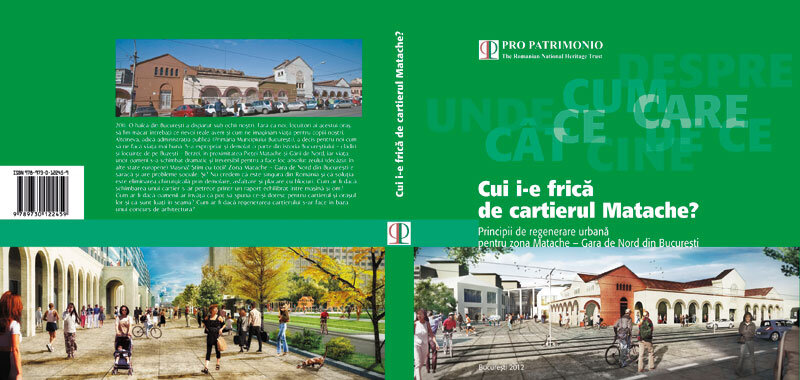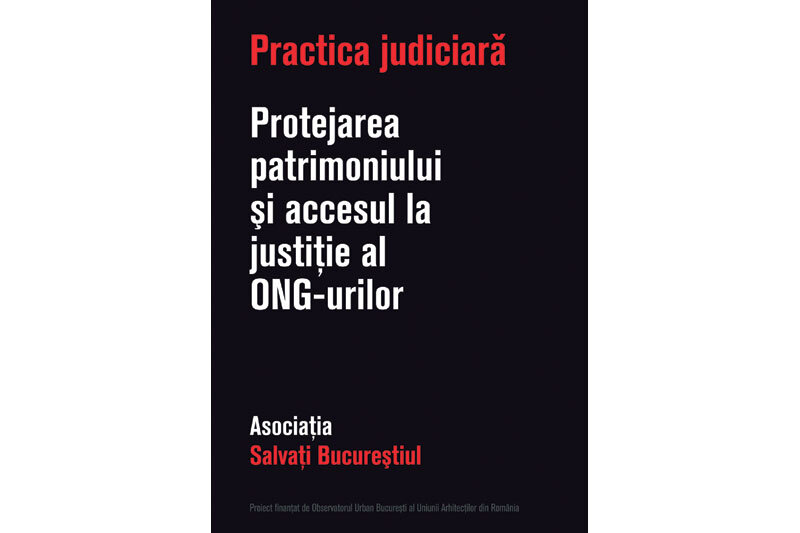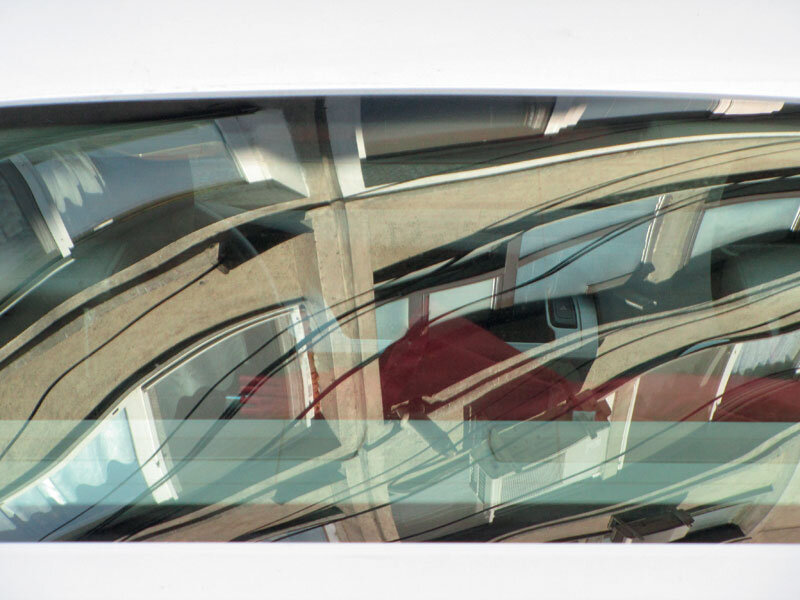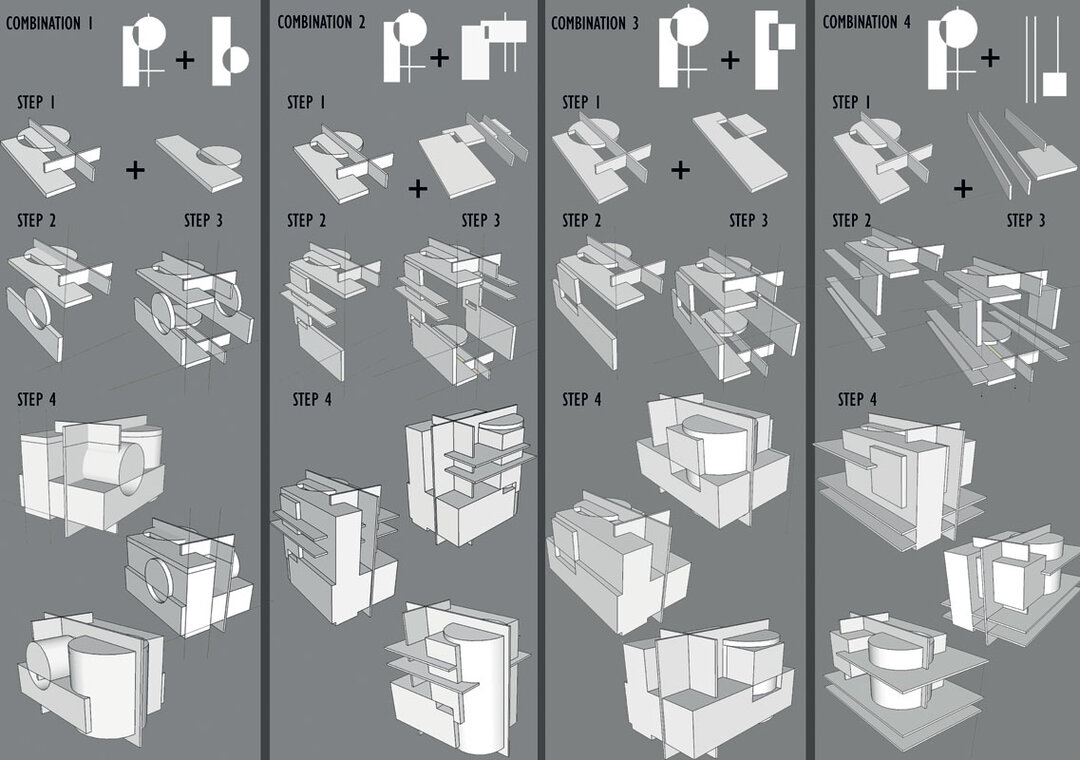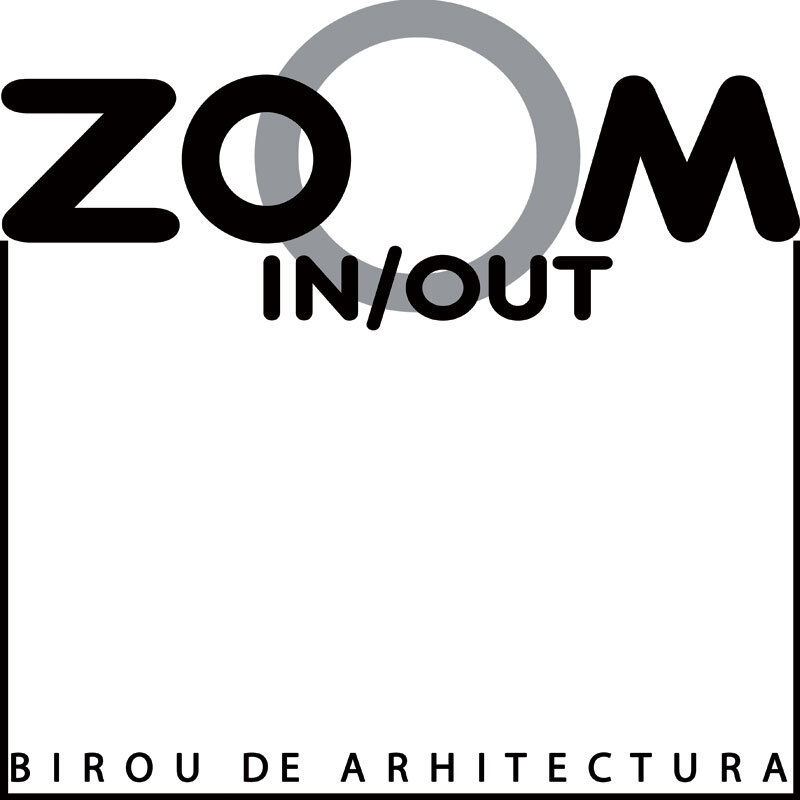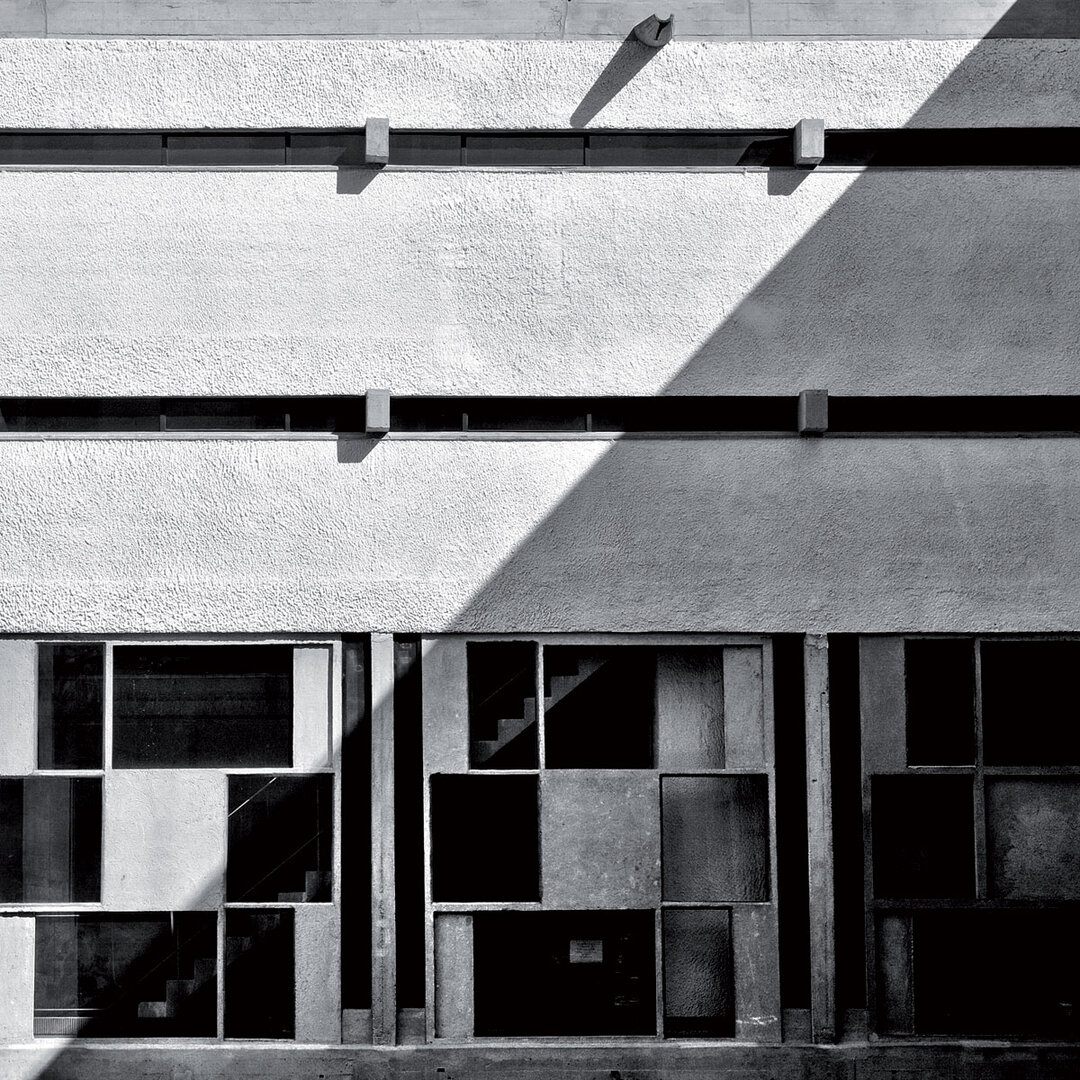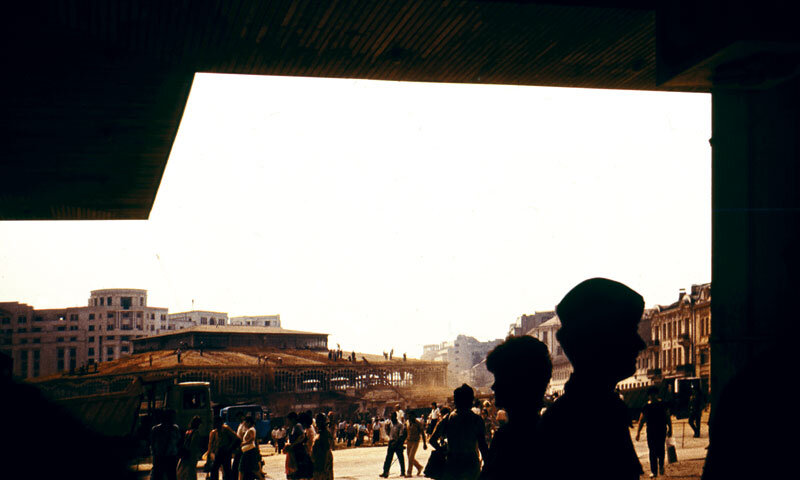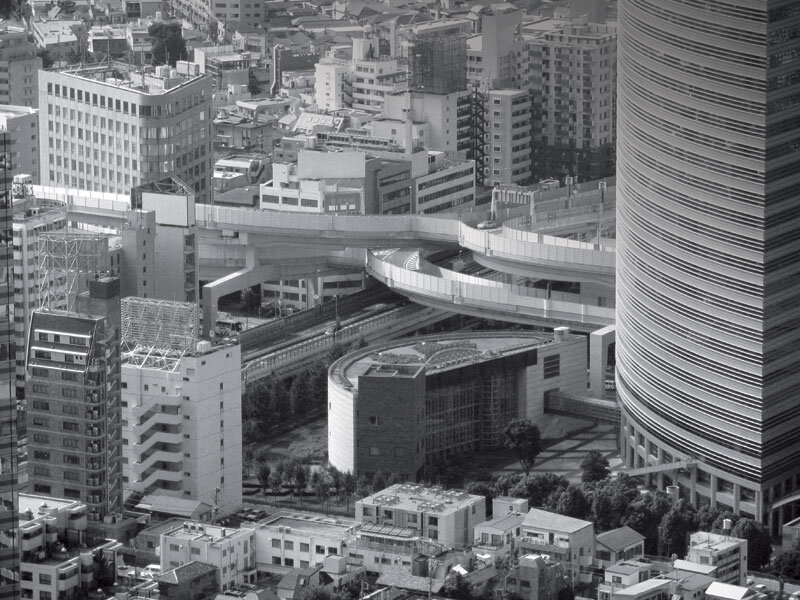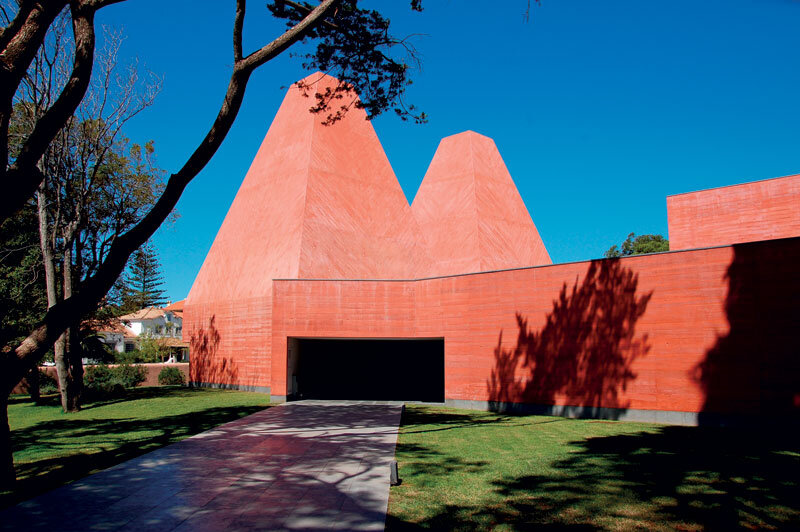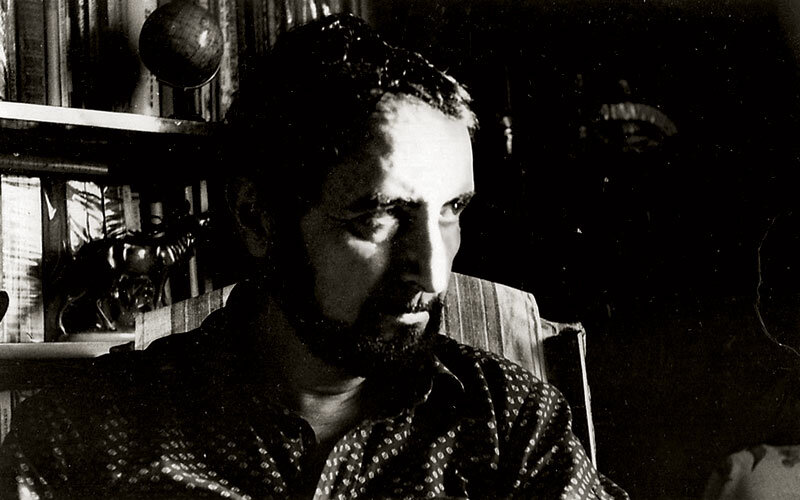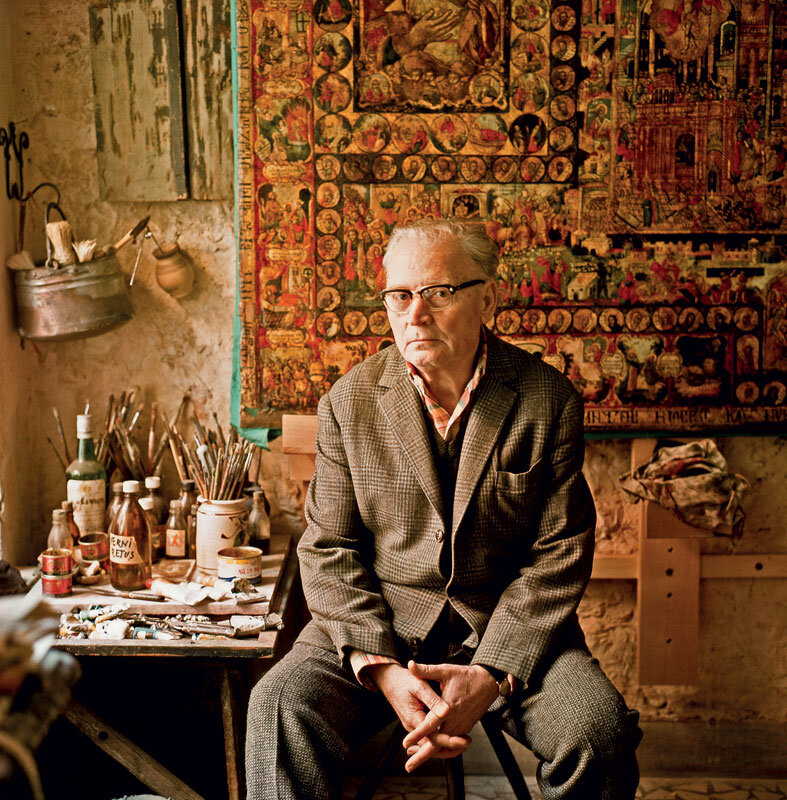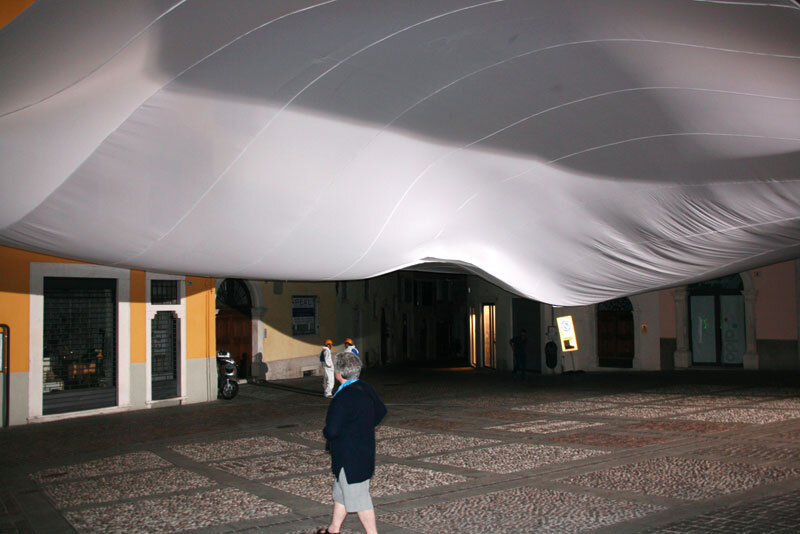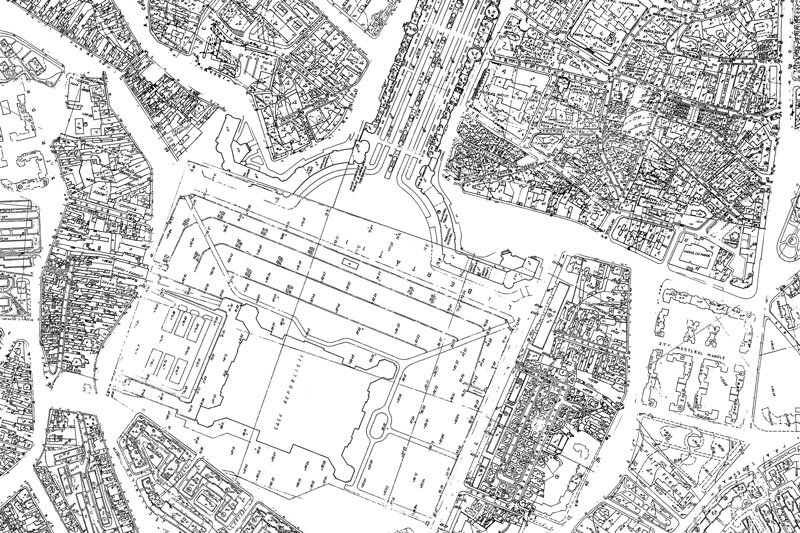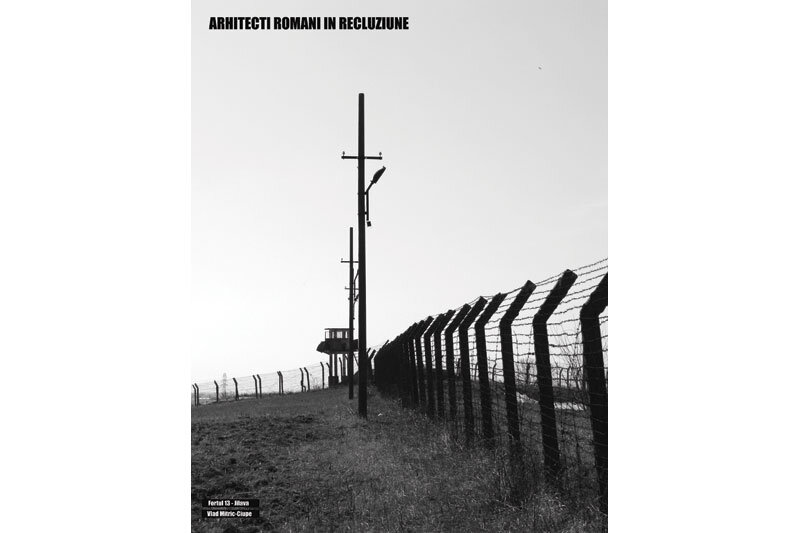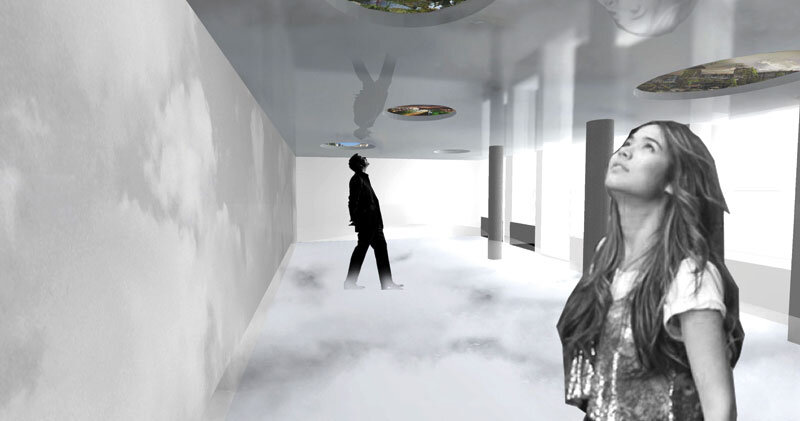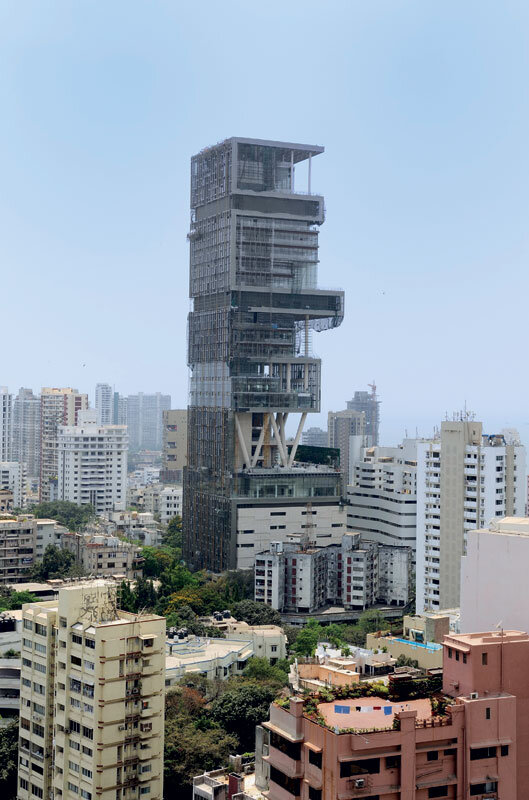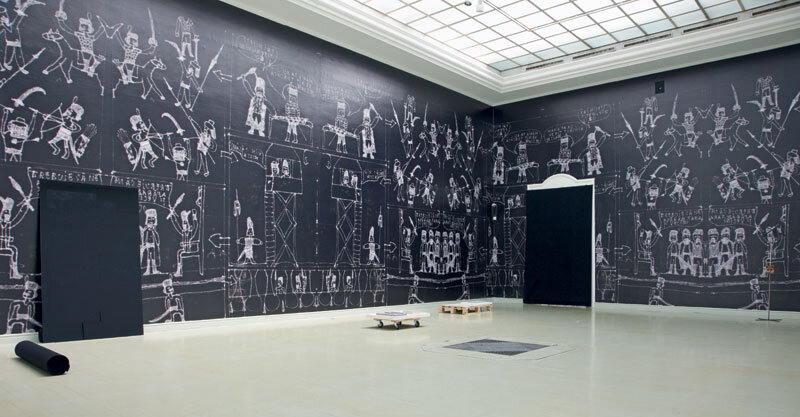
BIGNESS between theory and practice
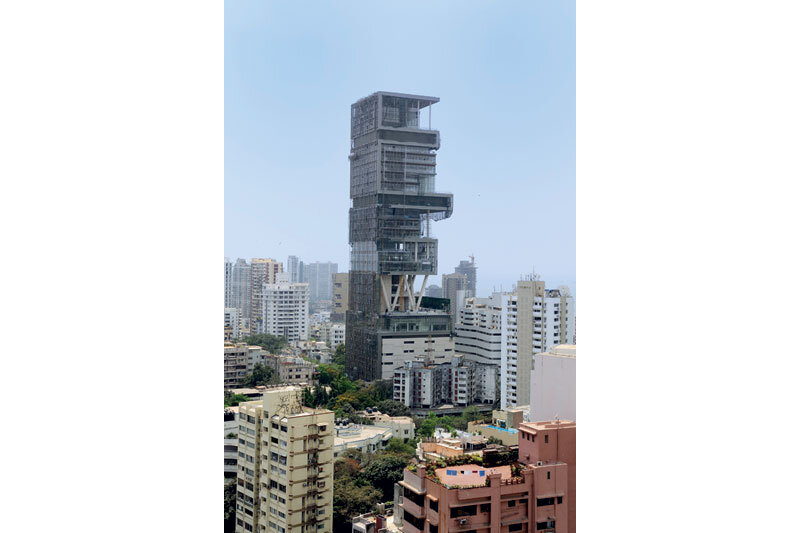
BIGNESS
between theory and practice
| Bigness: "Beyond a certain critical mass, a building becomes a big building. Such a mass can no longer be controlled by a single architectural gesture, not even by a combination of architectural gestures. This impossibility triggers the autonomy of the constituent parts, which is not the same as fragmentation: the parts remain subject to the whole".1 |
| The above quotation is the first in a series of four Theorems - to which a fifth was added in 1994 - enunciated by Rem Koolhaas, which will revolutionize the landscape of architecture in the last decades. I think the most striking aspect is that architecture and urbanism - on the one hand - theory and practice - on the other - are united in an indissoluble cohesion. This is no small thing at a time when - as a result of fierce competition - "specializations" of all kinds are vying for priority. It is, at the same time, a real subversion, incomparably more virulent than Venturi's writings. Composition - urban and architectural -, principles, hierarchies, categories, modalities, are excluded from the terrain of conception and design in favor of a "processual" generation(architecture - trough -process2). The argument: maximum occupation of the permitted urban gauge and simultaneous satisfaction of a multitude of programs, without neglecting evolutionary situations. The model: Down Town AthleticClub3, a "mini" skyscraper built in 1930 in New York by Starrett and Van Vlack, not on the basis of a cutomial formalization, but through a "vertical extrusion". The vertical section of the building in "parallel strips", benefiting from a certain autonomy, was also used for the competition for the Parc de la Villette in Paris4 (1982-1983), this time with a horizontal folding. |
| Read the full text in issue 3/2012 of Arhitectura. |
| NOTES: 1."Beyond a certain critical mass a building becomes a Big Building. Such a mass can no longer be controlled by a single architectural gesture, or even by any combination of architectural gestures. This impossibility triggers the autonomy of its parts, but that is not some as fragmentation: the parts remain committed to the whole", in S, M, L, XL - OMA, Rem Koolhaas and Bruce Man, Rotterdam - New-York, 1995 (pp. 499, 500) 2. OMA, Urban Intervention: Duch Parliament Extension, The Hague-International Architect no. 3, v. 1, 1980 (p. 50) 3. Jaques Lucan OMA - Rem Koolhaas, Electra Monitor, 1990 (p. 66) 4. Jaques Lucan, ibidem3 (p. 57, 58) |
| Bigness: "Beyond a certain critical mass a building becomes a Big Building. Such a mass can no longer be controlled by a single architectural gesture, or even by any combination of architectural gestures. This impossibility triggers the autonomy of its parts, but that is not some as fragmentation: the parts remain committed to the whole".1 |
| The above quotation is the first of a series of four Theorems - to which Rem Koolhaas added a fifth in 1994 - that were to throw the architectural landscape of the last few decades into turmoil. I think that the most striking aspect is the fact that architecture and urbanism, on the one hand, and theory and practice, on the other, can be found united in indissoluble cohesion. This is no small achievement in an age when, as a result of fierce competition, all kinds of "specialities" vie for supremacy. At the same time, it is genuinely subversive, and incomparably more vehement than the writings of Venturi. Urban and architectural principles, hierarchies, categories and modes yield their place in the field of conception and design to the generation of "processes(architecture - trough -process2). The argument: maximal occupation of the allowable urban template and simultaneous satisfaction of a multitude of programs, without neglecting evolutionary situations. The model: Down Town AthleticClub3, a "mini" skyscraper built in New York in 1930 by Starrett and Van Vlack, not on the basis of traditional formalizations, but by means of "vertical extrusion". The "parallel striped" vertical section of the building, enjoying a certain degree of autonomy, was also entered into the Compe-tition for the Villette Park in Paris (1982-1983)4, this time rotated horizontally. |
| Read the full text in the print magazine. |
| NOTES 1. "Beyond a certain critical mass a building becomes a Big Building. Such a mass can no longer be controlled by a single architectural gesture, or even by any combination of architectural gestures. This impossibility triggers the autonomy of its parts, but that is not some as fragmentation: the parts remain committed to the whole", in S, M, L, XL - OMA, Rem Koolhaas and Bruce Man, Rotterdam - New-York, 1995 (p. 499, 500) 2. OMA, Urban Intervention: Duch Parliament Extension, The Hague-International Architect no. 3, v. 1, 1980 (p. 50) 3. Jaques Lucan OMA - Rem Koolhaas, Electra Monitor, 1990 (p. 66) 4. Jaques Lucan, ibid3 (p. 57, 58) |

